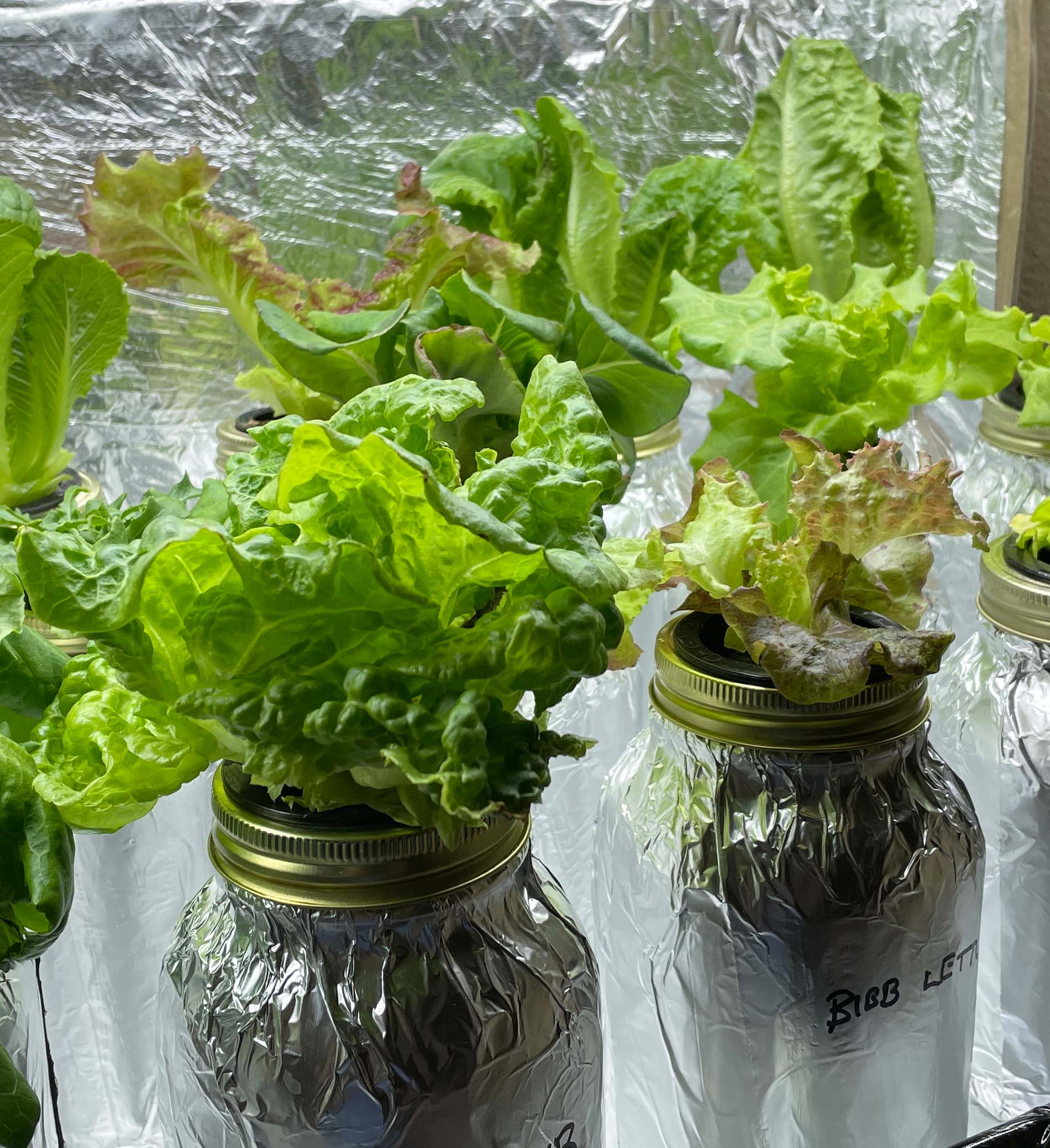Lettuce Nutrients – Nutrients for Kratky Hydroponic Lettuce
Understanding Lettuce Nutrients in a Kratky Hydroponic Garden
Introduction to the Kratky Method of Hydroponics
The Kratky method is a non-circulating hydroponic system that is perfect for growing leafy greens such as lettuce. Unlike traditional hydroponic systems, the Kratky method does not require pumps or electricity, making it an excellent choice for beginners and those looking for a low-maintenance gardening solution.
Importance of Nutrient Solution in Hydroponic Lettuce
In hydroponic gardening, the nutrient solution is crucial for the healthy growth of lettuce. This solution provides all the essential nutrients that plants typically obtain from soil. In the Kratky system, ensuring the right nutrient balance is even more critical since the system relies solely on the solution for nutrient uptake.

Lettuce nutrients are important for growth. Quality lettuce nutrients create a rich, delicious lettuce.
Essential Nutrients for Lettuce Growth
Lettuce requires a mix of macronutrients and micronutrients to thrive. The primary macronutrients include nitrogen (N), phosphorus (P), and potassium (K), which are vital for plant growth, root development, and overall health. Additionally, secondary nutrients like calcium (Ca), magnesium (Mg), and sulfur (S) play significant roles in leaf structure and chlorophyll production.
Nutrient Solution and Fertilizer Mix
Creating the perfect hydroponic solution involves mixing these essential nutrients in precise ratios. A typical fertilizer mix for hydroponic lettuce might include:
- 150-200 ppm of nitrogen
- 50-70 ppm of phosphorus
- 150-200 ppm of potassium
- 100-150 ppm of calcium
- 50-70 ppm of magnesium
- 20-40 ppm of sulfur
These nutrients must be dissolved in water to create an optimal nutrient solution for lettuce cultivation.
Managing Nutrient Deficiencies
Nutrient deficiencies can severely impact lettuce yield and quality. Common signs of nutrient deficiencies in hydroponic lettuce include:
- Yellowing leaves (nitrogen deficiency)
- Poor root development (phosphorus deficiency)
- Weak stems and leaves (potassium deficiency)
- Leaf tip burn (calcium deficiency)
- Interveinal chlorosis (magnesium deficiency)
Regularly monitoring the nutrient solution and adjusting the fertilizer mix as needed can help prevent these issues.
Nutrient Uptake and Absorption in the Kratky System
In the Kratky hydroponic setup, nutrient uptake and absorption occur through the plant’s roots, which are suspended in the nutrient solution. As the lettuce grows, it absorbs nutrients and water from the solution, depleting the nutrient levels over time. It is essential to top up the solution and maintain the correct nutrient ratios to ensure continuous growth.
Benefits of the Kratky Hydroponic System
The Kratky method offers several advantages for hydroponic farming:
- Simplicity: With no need for pumps or aeration, the system is easy to set up and maintain.
- Cost-Effectiveness: The absence of mechanical components reduces initial costs and maintenance expenses.
- Water Efficiency: The closed system minimizes water usage, making it an environmentally friendly option.
- Space Efficiency: The Kratky method can be adapted for small spaces, making it ideal for urban gardening.
Challenges and Solutions
One of the main challenges in the Kratky system is maintaining nutrient balance. Over time, the nutrient solution can become imbalanced due to plant uptake and evaporation. Regularly checking the nutrient levels and adjusting the fertilizer mix can help mitigate this issue. Additionally, using a growth medium like perlite or vermiculite can support root structure and improve nutrient absorption.
Nutrients are Essential for Kratky Lettuce
The Kratky method is a highly efficient and straightforward way to grow lettuce hydroponically. By understanding and managing the nutrient solution, you can ensure healthy lettuce growth and high yields. Regular monitoring and adjustment of nutrient levels are key to successful hydroponic gardening with the Kratky system.
